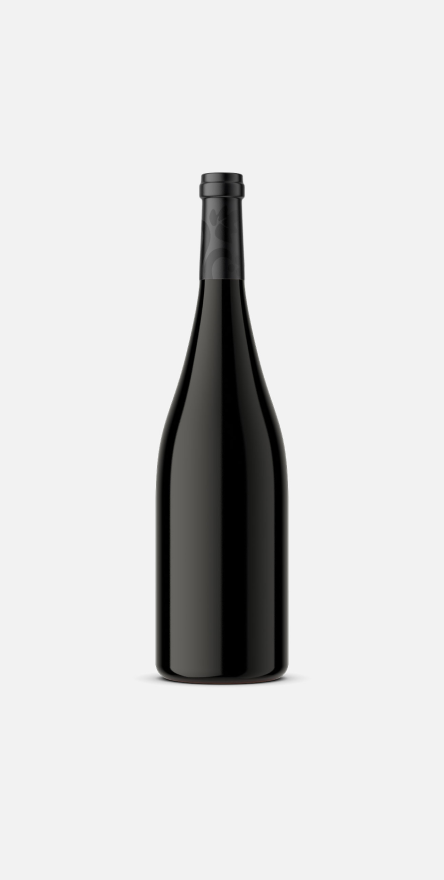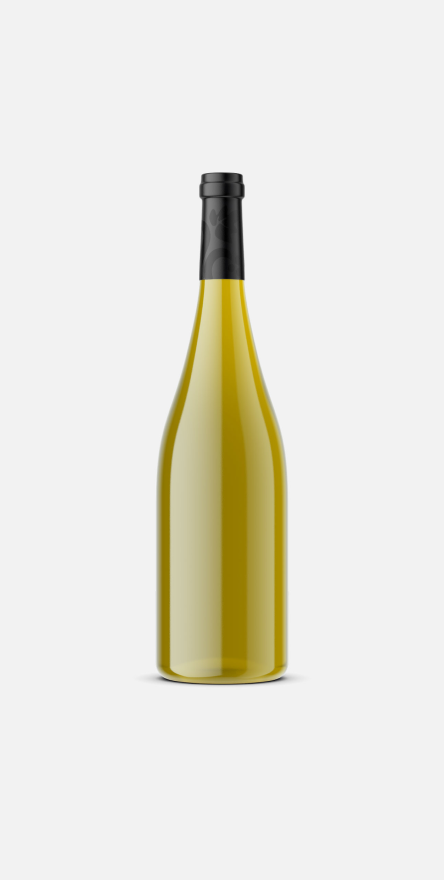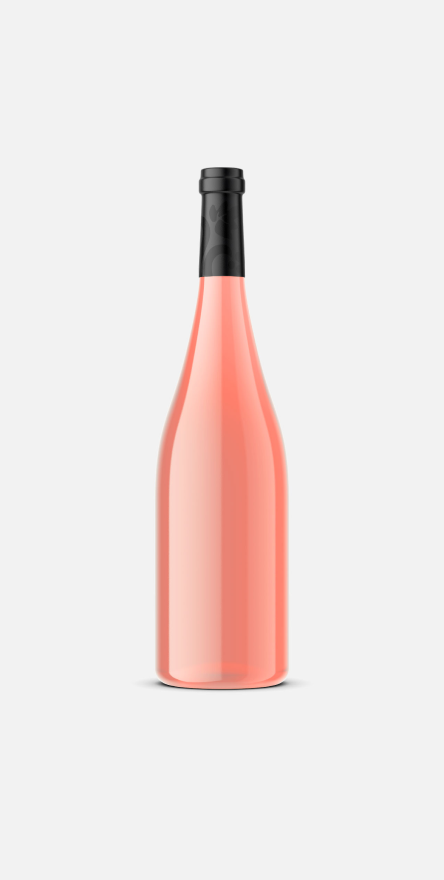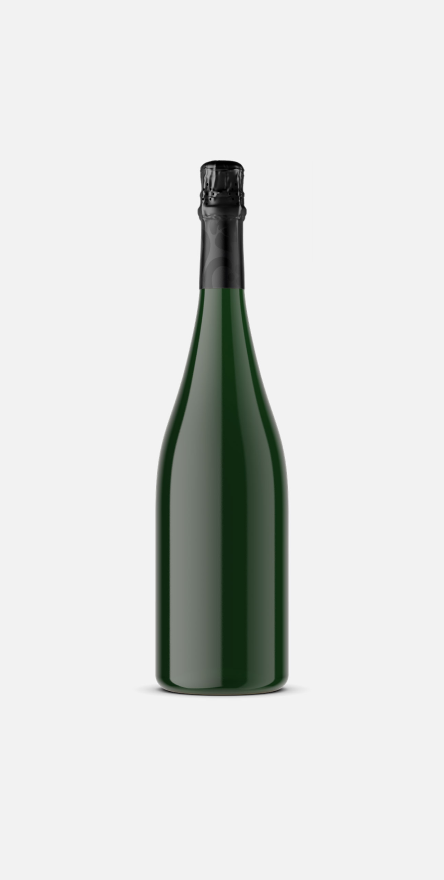Harvest 2017
Harvest 2017
Grapes picked: 359,5 million kilograms
The Regulatory Board of the DOCa Rioja has awarded the official assessment of ‘VERY GOOD’ to the harvest of Rioja 2017 which, after a vegetative cycle marked by the hard frost of April and the drought, offered very satisfactory results in quality.
In fact, some wines of this vintage have received the highest rating scores of recent years, with extraordinary valuations that highlight its great potential for aging. In total, 249.57 million liters of the 2017 harvest have obtained the right to be certificated as wines protected by the DOCa Rioja (21.60 white, 12.07 pink and 215.90 red).
The excellent sanity of the vineyard throughout the vegetative cycle, with total absence of plagues or diseases of importance, has been one of the most outstanding characteristics of a harvest which began on August 10, becoming the earliest in the history of Rioja.
The good weather that accompanied the end of the cycle and the improvement of productive expectations, which were greatly reduced by the drought and by the effects of the strong frost that affected a third of the La Rioja vineyard with different intensity, resulted in a high quality harvest.
Between the characteristics that define the average profile of the wines of the 2017 harvest, fits to stand out an average graduation slightly upper to the one of the previous year, as well as an interesting diversity, marked to a large extent by the adjusted productions. We find fine and elegant wines, with a complex and marked Rioja character, very suitable for aging in barrel and long aging.
The VERY GOOD evaluation of this 2017 vintage is the result of the rigorous qualification procedure through analysis and tasting to which 4,020 samples taken directly from the warehouses of the processing warehouses have been submitted by the Regulatory Board technicians in order to certify the quality of them and thus determine their aptitude to be marketed as Rioja. The requirements to pass the qualification exam have been raised in recent years, incorporating more demanding parameters, with the goal that Rioja continues to be a benchmark for quality wines.
Excellent evolution of the vegetative cycle
The Rioja vineyard had a favorable evolution in the 2017 campaign, in which it highlighted the extraordinary health situation that has been presented in a generalized manner, as indicated in the report of the Inspectors Enabled Service of the Regulatory Board, which carries out an exhaustive follow-up of all the phases of the vegetative cycle.
From the climatological point of view, the year was characterized mainly by the absence of rainfall and by the frost of April 28, which affected in a general, although unequal way, a third of the vineyards of Rioja Alta and Rioja Alavesa mainly, reducing significantly their productive expectations. Without other setbacks worthy of mention, the end of the cycle stood out to enjoy the region of a great meteorological stability, very favorable circumstance for the obtaining of a harvest of quality.
The cycle was developed in advanced dates compared to the usual ones in Rioja, to the point that the 2017 harvest became the earliest in the history of this Denomination. Sprouting began in the easternmost area in mid-March, with an advance of about 15 days compared to 2016, proceeding normally and maintaining the progress with which it began until the date of the frost. In the rest of the Denomination the cycle ran keeping the initial advance.
The lack of precipitation in the ripening period and days of extreme temperatures during the summer accelerated the ripening process of alcohol, probably causing the alcohol strength of the grapes to be slightly higher than the previous season. In general, the end of the cycle was characterized by a very slow maturation, which required paying special attention to the evolution of phenolic maturation, since initially it was slightly distanced from alcoholic maturation.
The harvest began in the area of Rioja Oriental with the earliest white varieties at a date as unusual in Rioja as August 10, three weeks before the previous year. At the end of August, the vegetative situation of the strains was being affected by the prolonged drought and heat, but it recovered thanks to the rains received and could thus continue a maturation process necessary for the positive evolution of phenolic maturation. These good weather conditions at the end of the cycle favored that the harvest could be developed step by step and quiet in each of the areas, which coupled with the excellent work done by the wine growers allowed to harvest each vineyard with a balanced maturation and the health of the excellent grape.
In conclusion, although scarce, the 2017 harvest has offered wines with slightly higher alcohol levels than last season, endowed with a very good structure and high aging potential, which makes it possible to define it as a high quality harvest.















